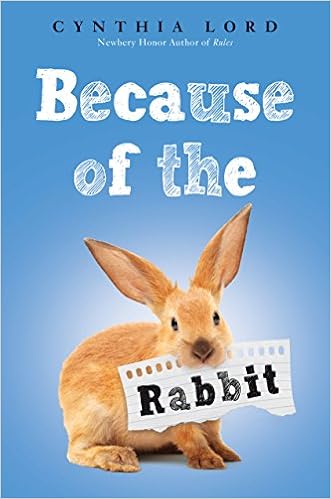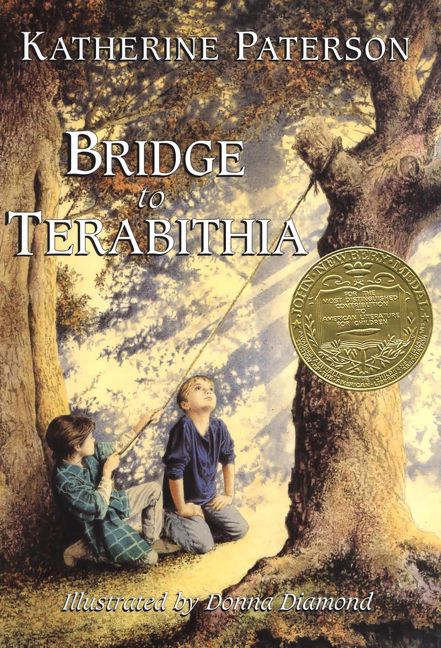 Tooth & Claw: The Dinosaur Wars
Tooth & Claw: The Dinosaur WarsDeborah Noyes
Viking, 2019 160 pages
Grades 5-8
Non-fiction
Veteran non-fiction author for young people, Noyes, traces
the "Great Bone Wars", otherwise known as the "Great Bone
Rush", as two pioneering paleontologists compete in uncovering bones
and naming dinosaurs in the second half of the 1800's. Edward Cope, a
self-taught scientist, and O.C. Marsh, a highly educated Yale professor, met in
Europe while studying and researching. They struck up a
professional friendship, only to have it rapidly deteriorate upon return
the US. As the United States began to expand and the railroads made travel
easier after the Civil War, settlers started to unearth huge bones. The bones
belonged to previously unidentified species, linking to Darwin's new and
revolutionary theories of evolution and a complete new species of monsters:
dinosaurs. The race was on to see who can uncover the most bones the fastest,
get credit for and name the new species, and write professional papers, gaining
notoriety within the profession. The battle became so intense and heated
that it began to overshadow the work itself. Finally, as the century wore down,
so did the funding and both men spent themselves out as the dino wars drew to a
close, changing the face of the world of paleontology as we now know it.
I have read and enjoyed Noyes' previous biographies on Houdini and Nellie Bly and was greatly anticipating this new historical offering. As with the other two books, the author manages to capture history and spin it in a way that it reads like fiction. This account was riveting and I learned so much without realizing it. Both dinosaur enthusiasts and lay people, such as me, will enjoy this volume and walk away wiser from the experience of reading it. At times I had a hard time keeping March and Cope separate from each other. They were both similar in many ways, so it became difficult to tell them apart, although this does not detract from the arc of the narrative. The book is beautifully designed with sidebars of information supporting the text and maps and illustrations keeping the volume approachable. Noyes certainly did her research. Extensive back matter includes notes, sources, a timeline, bibliography, and index. My favorite learned fact is that the first dinosaur bones discovered in the US came from New Jersey. I've dropped that fact more than once this week while showing yet one more dino-lover the dinosaur section of the non-fiction. Chuck full of facts and history, readers will also learn about human nature and greed, as Cope and March loose themselves in the chase and become obsessed with out-collecting the other. Certainly useful for reports and the classroom, this new book will also find a use recreationally and deserves a place on library shelves.







